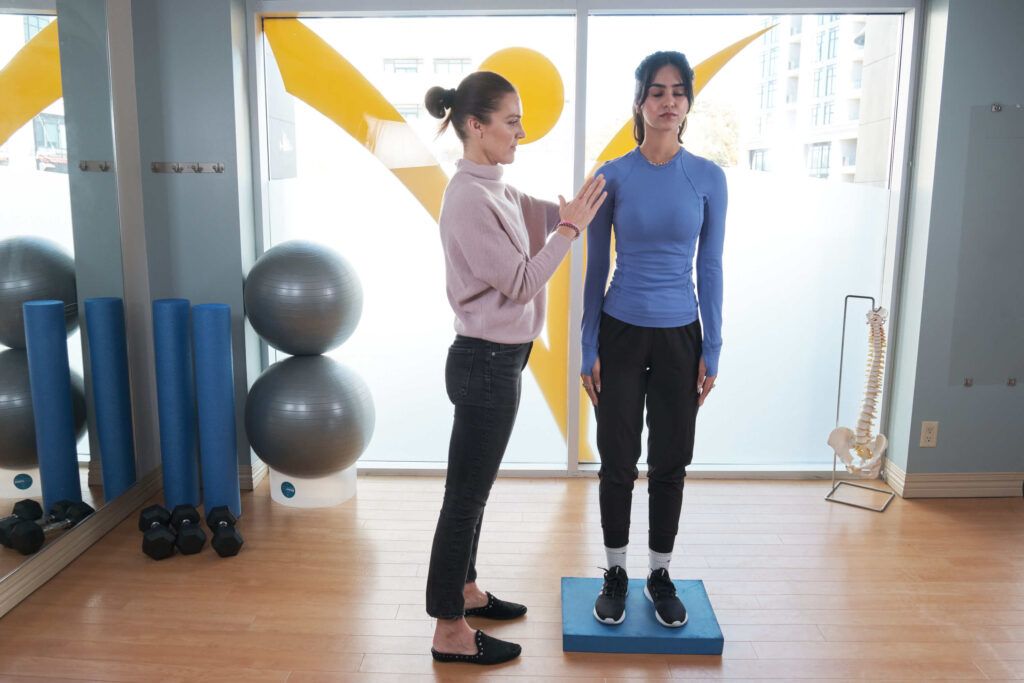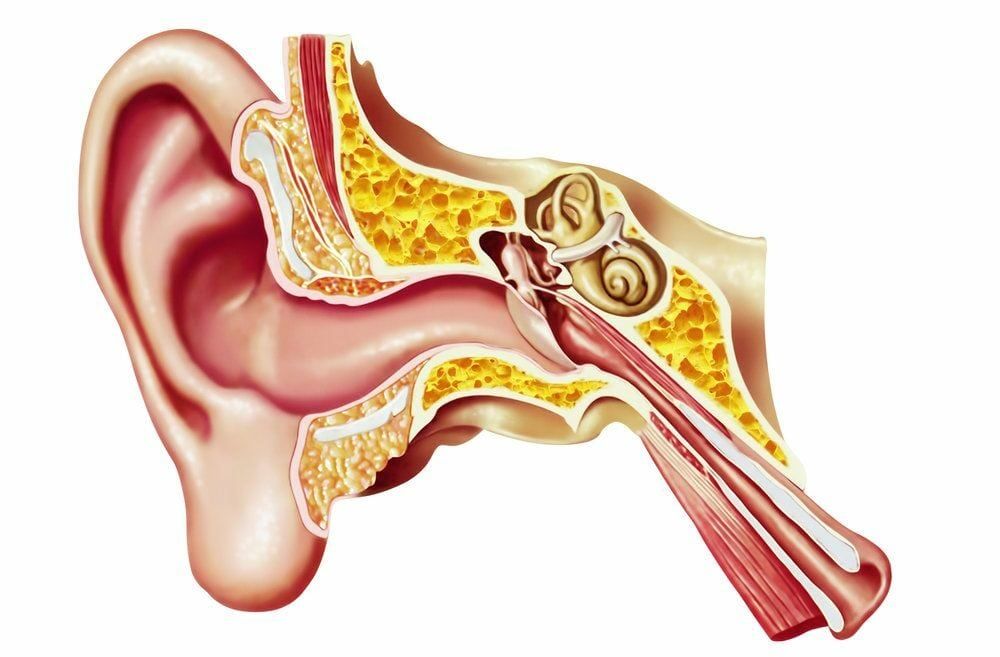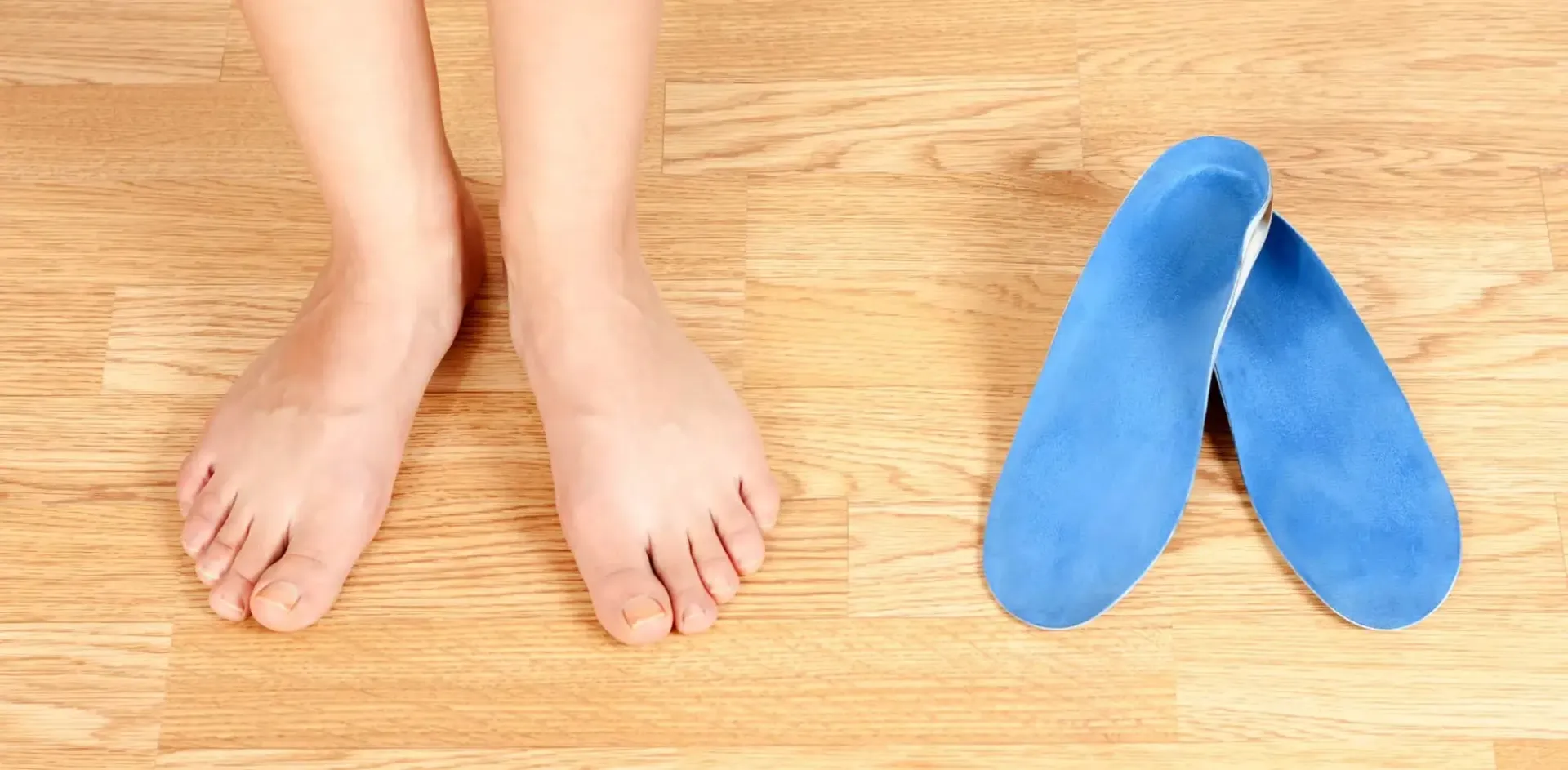Say Goodbye to Wrist Pain: Chiropractic Care for Carpal Tunnel
Carpal tunnel syndrome (CTS) is a common condition that can cause significant discomfort and impact daily activities. Chiropractic care offers a non-invasive and effective solution for managing and alleviating the symptoms of CTS. In this blog post, we will explore what causes this condition, how chiropractors can help you manage carpal tunnel syndrome, and recommended stretches and exercises.
Carpal Tunnel Syndrome Explained
Carpal tunnel syndrome occurs when the median nerve, which runs from the forearm into the palm of the hand, becomes compressed or squeezed at the wrist. The carpal tunnel is a narrow, rigid passageway of ligament and bones at the base of the hand, which houses the median nerve and tendons. When the tendons become irritated or inflamed, they can narrow the tunnel and compress the median nerve, leading to CTS.
Symptoms of Carpal Tunnel Syndrome
The symptoms of carpal tunnel syndrome can vary in severity but generally include:
- Numbness and Tingling: A sensation of numbness or tingling in the thumb, index, middle, and ring fingers is common. This sensation often occurs while holding a steering wheel, phone, or newspaper and may wake you from sleep.
- Pain: Pain in the wrist, palm, or fingers, which can extend up the arm toward the shoulder. The pain is often worse at night.
- Weakness: A feeling of weakness in the hand and a tendency to drop objects. This is due to the weakening of the muscles around the base of the thumb.
How Chiropractors Address Carpal Tunnel
Chiropractors use a variety of techniques to treat carpal tunnel syndrome, focusing on relieving nerve compression and improving wrist function:
- Joint Manipulation: Chiropractors may perform gentle mobilization of the wrist, elbow, and spine to reduce pressure on the median nerve and improve joint function. This helps to alleviate symptoms and restore normal function.
- Soft Tissue Therapy: Various techniques, such as massage and manual therapy, are used to reduce muscle tension, improve circulation, and decrease inflammation in the wrist and forearm.
- Stretching and Strengthening Exercises: Chiropractors provide personalized exercise programs that include stretches to improve flexibility and strength-building exercises to support the wrist and forearm muscles. These exercises help maintain proper joint function and prevent future issues.
- Ergonomic Advice: Chiropractors offer guidance on improving workplace ergonomics, such as proper keyboard and mouse positioning, to reduce strain on the wrist and prevent the recurrence of symptoms.
Recommended Stretches and Exercises for Carpal Tunnel Syndrome
Incorporating specific stretches and exercises into your routine can help alleviate carpal tunnel syndrome symptoms and prevent their recurrence:
- Wrist Flexor Stretch: Extend your arm with your palm facing up. Use your other hand to gently pull your fingers back toward your body until you feel a stretch in your wrist and forearm. Hold for 15-30 seconds and repeat 2-3 times.
- Wrist Extensor Stretch: Extend your arm with your palm facing down. Use your other hand to gently press your hand down and toward your body until you feel a stretch on the top of your wrist and forearm. Hold for 15-30 seconds and repeat 2-3 times.
- Median Nerve Glide: Start with your arm at your side, elbow bent, and palm facing up. Slowly straighten your arm while extending your fingers and bending your wrist backward. Hold for a few seconds and return to the starting position. Repeat 5-10 times.
- Finger Stretch: Place a rubber band around your fingers and thumb. Open your hand to stretch the rubber band and then close it slowly. Repeat 10-15 times to strengthen the muscles around the carpal tunnel.
- Grip Strengthening: Squeeze a soft ball or putty with your fingers and thumb. Hold for a few seconds and release. Repeat 10-15 times to improve grip strength.
Treating Carpal Tunnel: Chiropractic Care vs. Physiotherapy
When it comes to treating carpal tunnel syndrome, both chiropractic care and physiotherapy offer effective solutions. Chiropractic care involves joint manipulation to improve the function of the wrist, elbow, and spine. This helps reduce pressure on the median nerve, alleviating symptoms and improving joint function.
In contrast, physiotherapists focus on designing customized exercise programs to strengthen the muscles of the hand, wrist, and forearm. These exercises aim to enhance flexibility, improve range of motion, and support the structures surrounding the carpal tunnel. Physiotherapy may also include modalities such as ultrasound, electrical stimulation, and heat or cold therapy to reduce pain and inflammation. These modalities can complement exercise and manual therapy to enhance overall treatment outcomes.
Manual therapy is a key component of both therapies, involving hands-on techniques to mobilize the wrist and reduce restrictions in the soft tissues, thereby alleviating pain and improving wrist function.
Both approaches have their unique benefits, and in many cases, a combination of chiropractic care and physiotherapy can provide the most comprehensive relief. Consulting with your healthcare provider can help determine the best treatment plan for your needs.
Workspace Adjustments to Reduce Carpal Tunnel Symptoms
Making adjustments to your workspace can significantly reduce the symptoms of carpal tunnel syndrome. Here are some recommendations for creating an ergonomic workspace:
- Ergonomic Tools: Invest in ergonomic tools such as keyboards, mice, and wrist rests. These tools are designed to support proper wrist alignment and reduce strain during extended periods of use.
- Keyboard and Mouse Placement: Ensure that your keyboard and mouse are at the same height and within easy reach. Your wrists should be straight, and your hands should hover comfortably above the keyboard and mouse without having to stretch.
- Desk and Chair Height: Adjust your desk and chair height so that your feet are flat on the floor, and your thighs are parallel to the ground. Your elbows should be at a 90-degree angle when typing, and your wrists should remain in a neutral position.
- Monitor Position: Position your monitor at eye level to prevent straining your neck and shoulders. The top of the screen should be at or just below eye level, and the monitor should be about an arm's length away from you.
- Wrist Support: Use a padded wrist rest to support your wrists while typing. This helps maintain a neutral wrist position and reduces strain on the median nerve.
- Stretching and Breaks: Incorporate regular stretching and breaks into your work routine. Stand up, move around, and stretch your hands, wrists, and arms to improve circulation and relieve tension.
Don’t Let Wrist Pain Ruin Your Day
Chiropractic care offers effective treatments for CTS, and combining these approaches with preventive measures can help you maintain optimal wrist health. If you're struggling with carpal tunnel syndrome, let the chiropractors at Rosedale Wellness Centre in Toronto Downtown guide you to relief. We’re dedicated to providing personalized care and helping you achieve optimal health and function. Contact us today and experience a pain-free living.










